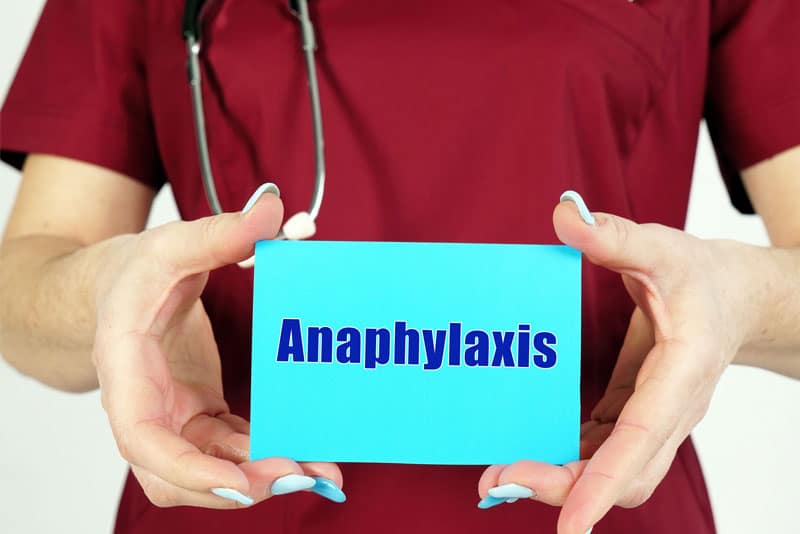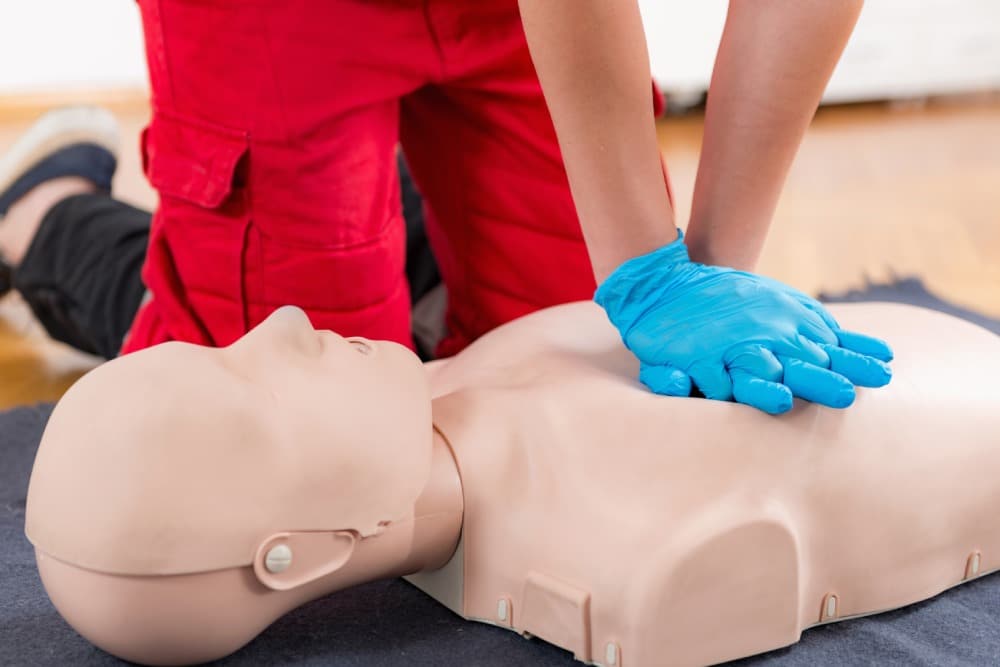This comprehensive Hyponatraemia training module is designed to equip healthcare professionals with the clinical knowledge required to identify, assess, and manage hyponatraemia effectively. Covering the physiology of sodium balance, diagnostic criteria, classification, and treatment strategies—including SIADH, overcorrection risks, and medication-related causes—it supports safe, evidence-based care. Special considerations for vulnerable populations and escalation protocols are also included. The training includes case-based learning and concludes with an assessment to reinforce understanding.
Hyponatraemia
This comprehensive Hyponatraemia training module is designed to equip healthcare professionals with the clinical knowledge required to identify, assess, and manage hyponatraemia effectively. Covering the physiology of sodium balance, diagnostic criteria, classification, and treatment strategies—including SIADH, overcorrection risks, and medication-related causes—it supports safe, evidence-based care. Special considerations for vulnerable populations and escalation protocols are also included. The training includes case-based learning and concludes with an assessment to reinforce understanding.

1 Hours

Mobile friendly



